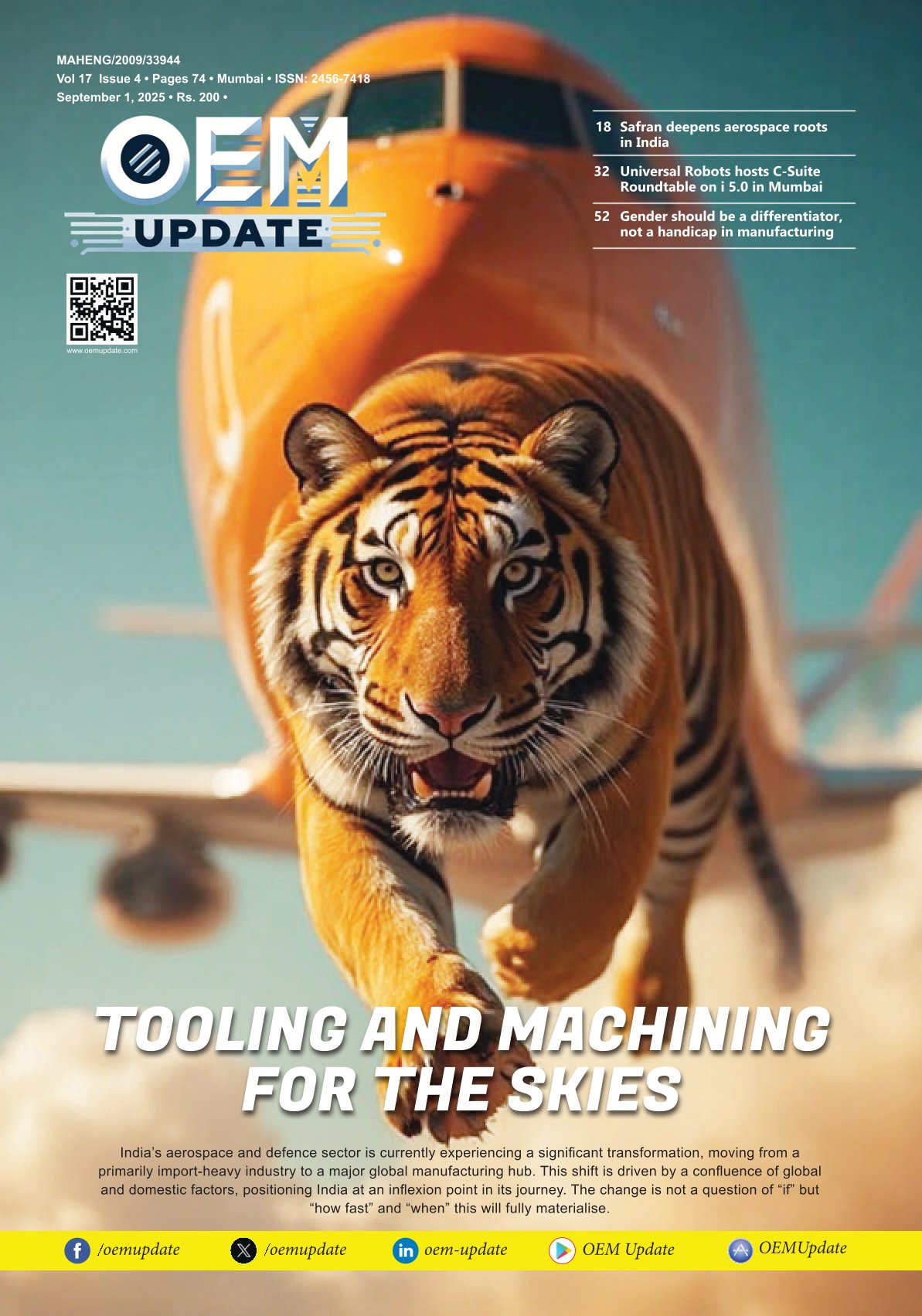Car navigation solutions becoming smarter
By admin July 12, 2013 11:20 am IST
A new generation of in-car navigation is here. This new technology is not only convenient, it is intuitive, it is safe, and it is economical
Multiple-lane junctions, road signage, tunnels, construction areas, multimedia functions in the dashboard, mobile phones — all these distraction factors capture our attention and influence our driving style. As the safety and comfort expectations of the auto customer raise, at the same time, traffic laws around the world are becoming increasingly strict. Car makers and their suppliers are innovating faster than ever to address these needs.
Human inputWhat a driver sees on the interface of a navigation device has recently become both a major innovation area and a main focus of law legislation. How much of his attention is needed in order to use the features offered to him by the navigation software? Which functions is the driver allowed to execute while driving? Faster input, voice recognition and gesture control, aim at making the use of navigation systems in the dashboard more convenient, but most of all, safer and compliant with traffic laws.
NNG has implemented features such as “intelligent quick search” which simultaneously tracks down the entered place from the Points of Interest (POI) database, addresses and all other available content on the navigation unit. This notably decreases input time as it makes opening different POI and address folders in the menu redundant. The “smart history” feature remembers which addresses are repeatedly used at certain times of the day and on days of the week, offering them first in the list of possible destinations.
The idea of the navigation unit picking up the user’s voice commands has been implemented for several years now. NNG’s iGO Navigation enables the driver to access the address search menu and enter his address in single voice command without waiting for the system to prompt to specify city, road and house number. Nevertheless, voice recognition technology needs to be refined to be employable globally. One of the biggest challenges for manufacturers is the high amount of languages that are required to deliver global solutions. For example, fluent voice commands have to be recognised not only in English, German and French, but also in Hindi, Hebrew and Ukrainian. Audio providers have to broaden their portfolio of voice files, while hardware suppliers will have to further adapt their sound recognition technology to the engine and traffic background noises of the in-car environment.
Gesture control takes the idea of operating the head unit screen with finger touches one step further. In-the-air movements will allow the driver to change the screen view, accept alternative routes that are offered to him on the screen, or control the volume. A hybrid solution of both technologies will enable the driver to make use of the complete navigation content and functionalities in a legal and safe way, even on the move. While several car manufacturers around the world are already experimenting with these different input technologies, India will see localised and workable versions in about 5 years.
Intuitive outputBesides managing the instructions of the driver, automotive companies have recently started focusing on more intuitive output too. Navigation software solutions are being programmed to anticipate what the driver wants and where he wants to go. NNG’s iGO Navigation software merges all available resources, such as map and POI data, registered driving speed, and the ability of fast route recalculation, in order to deliver a more intuitive and safer navigation experience.
In 2010-2011, NNG had already started focusing on these intuitive features. In response to a reduction in driving speed, the software recognises traffic jams on highways, even if they are not indicated by the traffic service. Instead of blindly and stubbornly continuing with the original route, iGO Navigation instantly calculates and offers detour options in order to avoid lost time in the traffic jam ahead. Similarly, route alternatives are given in the city when the vehicle approaches junctions too slowly due to congested roads. If a driver leaves the highway despite the planned route ahead, iGO Navigation considers potential reasons behind this behaviour instead of forcing the driver back onto the old route. It provides appropriate hints (fuel stations, rest areas etc.) and upon acceptance, calculates a new optimised route.
What’s more, the software offers these suggestions in an unobtrusive way. The user is presented with a hint on the navigation screen and does not have to sacrifice driving concentration while searching through features, options and POIs. Instead, the driver can simply accept the re-calculated route that is blended into the screen. By doing away with mechanical behaviour, modern and proactive navigation software also helps to avoid driver frustration.
With camera and sensor-based functions already in use in today’s cars, map-based, navigation-integrated ADAS will be usable from 2015.
Smartphone integrationAutomotive manufacturers and suppliers not only work on safer technology usage, but on smarter and more personal navigation systems too. What else would be more personal than the driver’s smartphone? The user carries it with him at all times, he uses it to store phone numbers, addresses, appointments, and other settings. On top of that, his data plan offers him connected services on the phone. So why not link the smartphone with the head unit in the car? This is what NNG’s NavFusion technology does.
NavFusion is a simple way of integrating the driver’s smartphone with the built-in navigation system in his car. When a car leaves the factory, the NavFusion-ready multimedia unit is either installed already or it can be installed later by the dealer. A free companion app can be downloaded by the user onto his smartphone. NavFusion is the technology that connects the smartphone app to the car’s navigation app. It automatically synchronises all navigation-related content between the devices, making map and content updates in the car easier than ever before. After all, market research has shown that this is what car owners want: the No 2 request from drivers is simple, affordable map updates for their multimedia units. NavFusion is already available to NNG’s automotive partners in India. The first global solutions will reach the market in early 2014.
Authored by- Peter Bolesza, VP,Eastern Europe & Emerging Markets, NNG LLG
Cookie Consent
We use cookies to personalize your experience. By continuing to visit this website you agree to our Terms & Conditions, Privacy Policy and Cookie Policy.
















